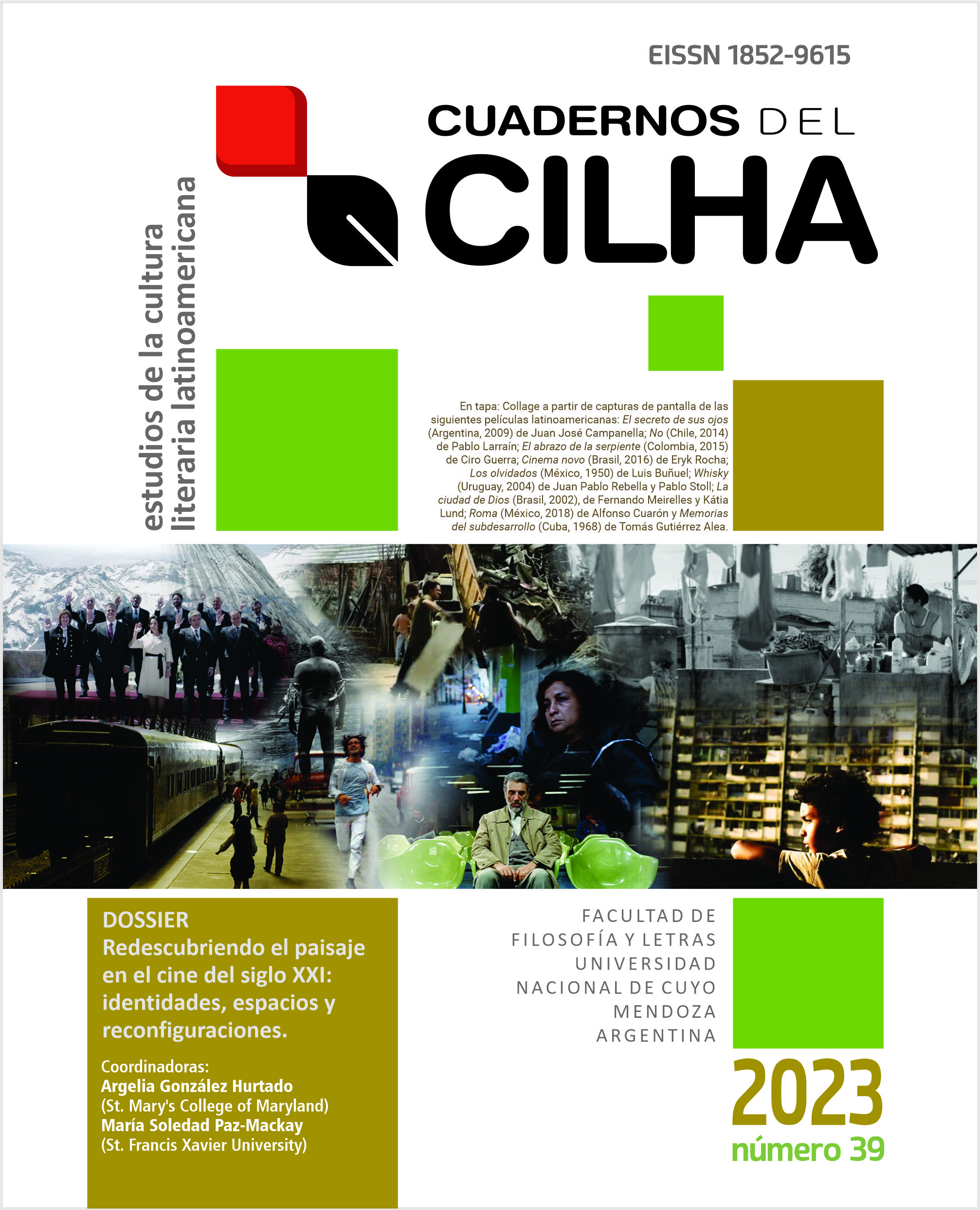El neobarroco: crítica a la modernidad capitalista
DOI:
https://doi.org/10.48162/rev.34.074Palabras clave:
heterogeneidad, pliegue, simulación, Latinoamérica, CaribeResumen
A partir de la obra del filosófica de Bolívar Echeverría que aborda lo barroco y la modernidad, el neobarroco del escritor cubano Severo Sarduy puede ser leído desde otro espacio de interpretación, el cual lo coloca en las discusiones latinoamericanas relativas a la modernidad. Ésta última, entendida como proyecto civilizatorio expansivo en su versión capitalista, barre con las diferencias en un intento por homogeneizar y unificar los modos de vida. Ante esta acometida lo diverso o heterogéneo se resiste a la lógica que busca imponerse. El neobarroco como propuesta estética que se autodenomina como revolucionaria recoge varios elementos que representan esa resistencia, uno de ellos es el pliegue barroco: representante de lo heterogéneo y de aquello que no se deja atrapar por la unidad de la modernidad capitalista. El objetivo de este trabajo es analizar el neobarroco sarduyano bajo la tópica de la modernidad desde un espacio particular de ella: la modernidad latinoamericana. En este sentido, se comprenderá el neobarroco como una respuesta estético-política vinculada a una tradición de pensamiento latinoamericano y, de modo más particular, caribeño, donde coincide con la obra de intelectuales como Aimé Césaire y Édouard Glissant.
Citas
Arrarián, S. (2007). Barroco y neobarroco en América Latina. Estudios sobre la otra modernidad. Editorial Itaca.
Barbero, J. M. (1998). Modernidades y destiempo latinoamericanos. Nómadas, 5, 20-34.
Bataille, G. (2007). La parte maldita. Las cuarenta.
Bruner, J. J. (1992). América Latina en la encrucijada de la modernidad. FLACSO.
Calabrese, O. (1999). La era neobarroca. Ediciones Cátedra.
Castañón, A. (1999). Severo Sarduy: del barroco, el ensayo y la iniciación. En S. Sarduy, Obra completa (pp. 1734-1749). Madrid: ALLCA XX.
Castro Gómez, S. (2005). La hybris del punto cero. Ciencia, Raza e ilustración en la Nueva Granada (1750-1816). Editorial Pontificia Universidad Javeriana.
Césaire, A. (2008). Para leer a Aimé Césaire. FCE.
Césaire, A. (2015). Discurso sobre el colonialismo. Akal.
Cevallos, S. (2012). La crítica de Bolívar Echeverría del barroco y la modernidad capitalista. Íconos. Revista de Ciencias Sociales, 43, 65-80.
Chiampi, I. (2001). Barroco y modernidad. FCE.
Deleuze, G. (1989). El pliegue. Paidós.
Derrida, J. (1997). El monolingüismo del otro. Manantial.
Echeverría, B. (1994). Modernidad, mestizaje cultural, ethos barroco. UNAM/El Equilibrista.
Echeverría, B. (2011). Crítica de la modernidad capitalista. Vicepresidencia del Estado Plurinacional de Bolivia.
Echeverría, B. (2013). La modernidad de lo barroco. Ediciones Era.
Echeverría, B. (2016). Modernidad y blanquitud. Ediciones Era.
Echeverría, B. (2017). El discurso crítico de Marx. FCE.
Espinosa, C. (2012). El barroco y Bolívar Echverría: encuentros y desencuentros. Íconos. Revista de Ciencias Sociales, 43, 65-80.
Fernández Retamar, R. (1974). Calibán. Apuntes sobre la cultura en nuestra América. Diógenes.
Gandler. S. (2008). Marxismo crítico en México: Adolfo Sánchez Vázquez y Bolívar Echeverría. FCE.
Glissant, E. (2002). Introducción a una poética de lo diverso. Ediciones Del Bronce.
Guerrero, G. (2016). Severo Sarduy y Bolívar Echeverría: ética y estética del Barroco en la América Latina de finales del siglo XX. En S. Ugalde Quintana y O. Ette (Eds.), Políticas y estrategias de la crítica: ideología, historia y actores de
los estudios literarios (pp. 101-115). Iberoamericana.
Henríquez Ureña, P. (2014). Las corrientes literarias en la América Hispánica. FCE.
Inclán, D., Linsalta, L. y Millán, M. (2017). Modernidades alternativas. UNAM.
Kushigian, J. (1999). Severo Sarduy, orientalista posmodernista en camino hacia la autorrealización. Un ménage à trois: Cobra, Colibrí y Cocuyo. En S. Sarduy, Obra completa (pp. 1734-1749). ALLCA XX.
Lezama Lima, J. (1993). La curiosidad barroca. En J. Lezama Lima, La expresión americana (pp. 79-106). FCE.
Mignolo, W. (2007). La idea de América. Gedisa.
Moraña, M. (2004). Crítica impura. Iberoamericana.
Ortega, J. (2010). El sujeto dialógico. Negociaciones de la modernidad conflictiva. FCE.
Quijano, A. (1988). Modernidad, identidad y utopía en América Latina. Sociedad y política ediciones.
Rama, A. (1998). La ciudad letrada. Arca.
Rodríguez Monegal, E. (1999). Sarduy: Las metamorfosis del texto. En S. Sarduy, Obra completa (pp. 1734-1749). ALLCA XX.
Rojas, R. (2013). La vanguardia peregrina. FCE.
Sarduy, S. (1999a). Severo Sarduy: Obra completa, tomo I. ALLCA XX.
Sarduy, S. (1999b) Severo Sarduy: Obra completa, tomo II. ALLCA XX.
Ugalde, S. (2011). La biblioteca en la Isla. Editorial Colibrí.
Vattimo, G. (1990). La sociedad transparente. Paidós.












































